
3 budding bench players who already deserve to be NBA starters
Anytime one of these three players comes in off the bench, they find ways to impact the game immediately and have made a case that they should be NBA starters.
2023-11-15 22:47
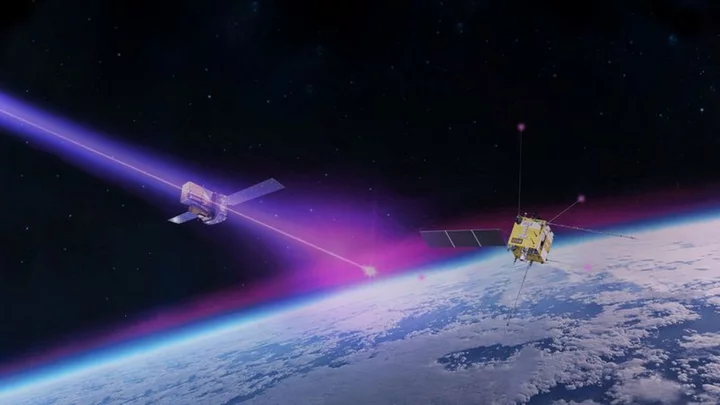
Gamma-ray burst in faraway galaxy disturbed Earth's upper atmosphere
By Will Dunham WASHINGTON About two billion years ago in a galaxy far beyond our Milky Way, a
2023-11-15 02:20
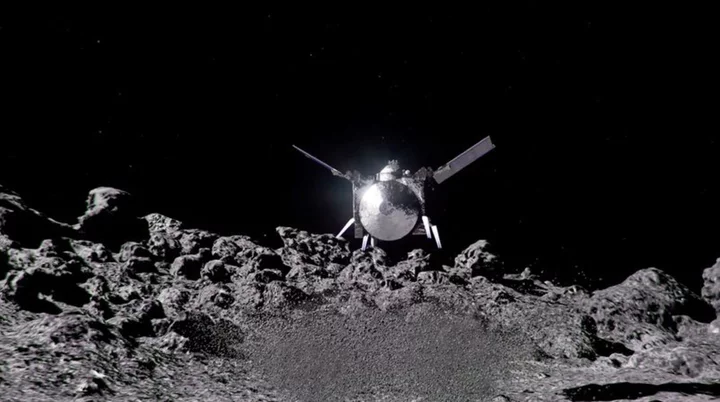
NASA probe to observe near-Earth asteroid's 2029 close encounter
By Steve Gorman About 5-1/2 years from now, astronomers predict, an asteroid about as wide as the Empire
2023-11-10 19:26
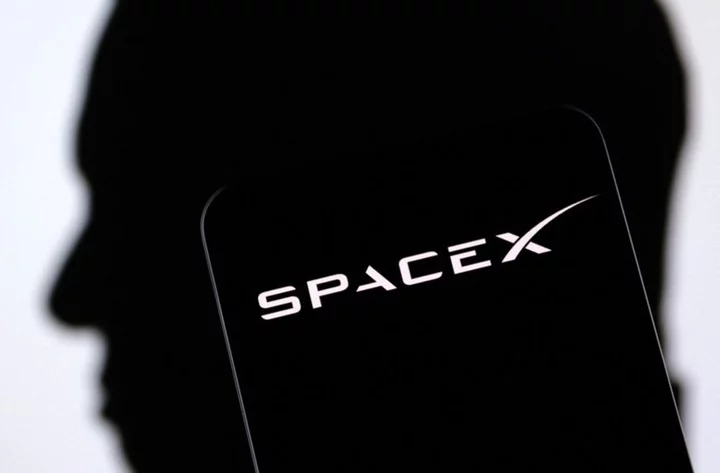
SpaceX wins reprieve from US lawsuit alleging anti-immigrant bias
By Daniel Wiessner A U.S. judge has blocked the U.S. Department of Justice from pursuing an administrative case
2023-11-09 21:52
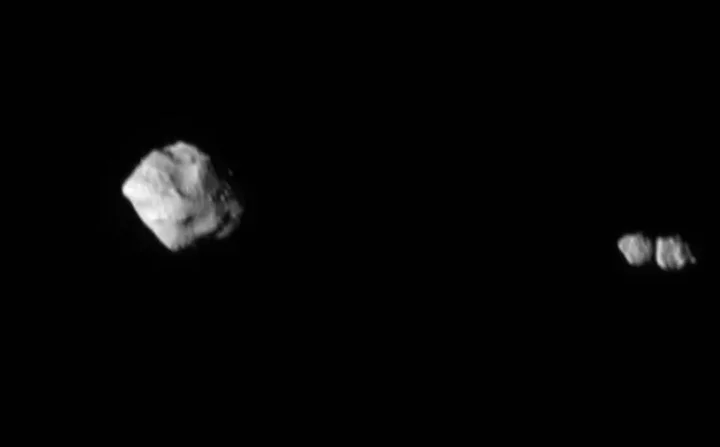
Nasa gets ‘puzzling’ data back from Lucy spacecraft exploring distant object
Nasa has received “puzzling” data from a spacecraft that was studying a distant asteroid. The space agency’s Lucy Spacecraft left Earth in 2021, with the aim of studying “Jupiter trojans”, a set of asteroids that fly around the Sun along Jupiter’s orbit and remain largely mysterious. Recently, scientists decided to send it to visit another small object on its way, largely as a test of the systems on the spacecraft that let it track asteroids for its mission. When Lucy arrived at that object – a main belt asteroid named Dinkinesh – it found a surprise, however. Images taken of the asteroid showed that it had a satellite, which flies around the asteroid like a tiny moon of its own. Now, further examination of those images show that the satellite is not one but two objects. Those objects make up a “contact binary”, or two smaller objects that are touching each other as they fly through space. The unexpected discovery explains some of the strange data that scientists had received as they approached Lucy. But it opens up more confusion about the whole system, which one called “bizarre”. “Contact binaries seem to be fairly common in the solar system,” said John Spencer, Lucy deputy project scientist, in a statement. “We haven’t seen many up-close, and we’ve never seen one orbiting another asteroid. “We’d been puzzling over odd variations in Dinkinesh’s brightness that we saw on approach, which gave us a hint that Dinkinesh might have a moon of some sort, but we never suspected anything so bizarre!” The flyby of Dinkinesh was only intended as a test of the spacecraft’s systems but has now posed new possible research for scientists. “It’s truly marvelous when nature surprises us with a new puzzle,” said Tom Statler, Lucy program scientist from NASA Headquarters in Washington. “Great science pushes us to ask questions that we never knew we needed to ask.” “It is puzzling, to say the least,” said Hal Levison, principal investigator for Lucy, also from Southwest Research Institute. “I would have never expected a system that looks like this. In particular, I don’t understand why the two components of the satellite have similar sizes. This is going to be fun for the scientific community to figure out.” The scientists were only able to confirm the nature of the system with the multiple images that were sent back by Lucy in the wake of its encounter with Dinkinesh. Nasa is working now to get the rest of the data from the spacecraft, which might include yet more surprises. Lucy itself will continue flying through space on a journey that is due to take 12 years. Lucy is actually heading back to Earth, which it will use for a gravity assist to propel it onto the next part of its journey, back through the main asteroid belt and onto the Trojan asteroids. Read More Nasa sending VR headset up to ISS to treat astronaut’s mental health All-UK space mission will ‘push boundaries of human knowledge’ All-female Nasa astronaut team departs International Space Station on spacewalk
2023-11-09 02:57
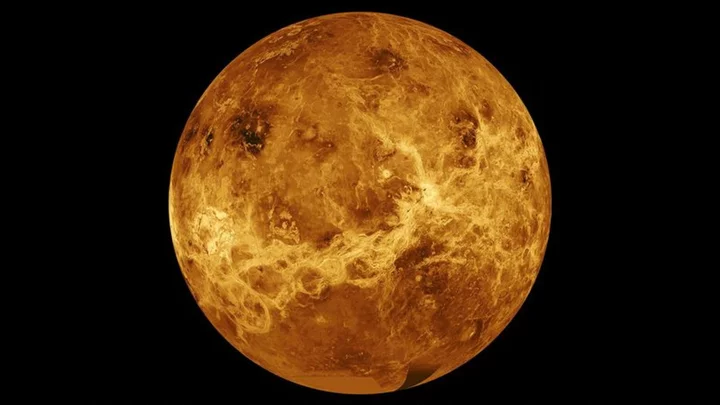
Scientists detect oxygen in noxious atmosphere of Venus
By Will Dunham WASHINGTON Oxygen accounts for about 21% of Earth's air, with the rest of our atmosphere
2023-11-09 02:21
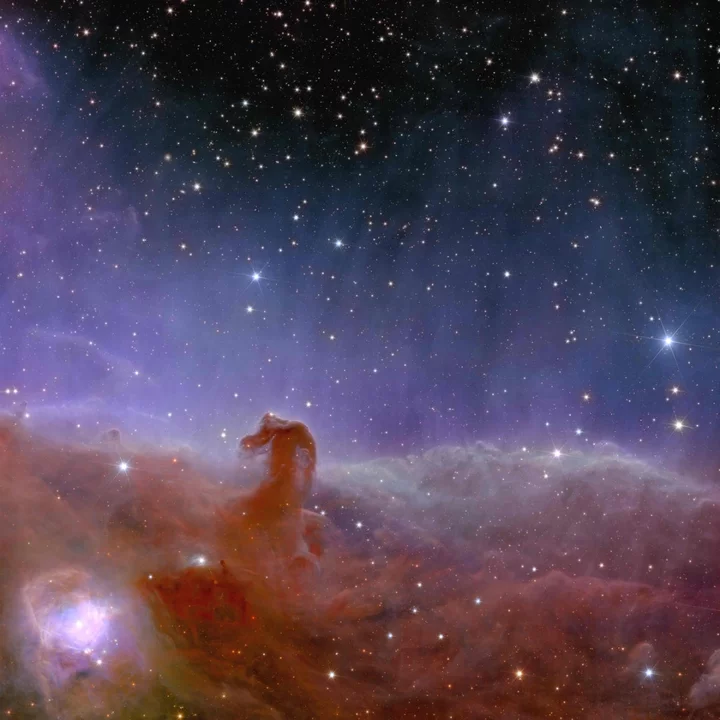
New telescope reveals stunning images of the universe as it has never been seen before
The Euclid space telescope has revealed its first full-colour images, showing the universe as it has never been seen before. The five images, taken by the European Space Agency’s newly launched flying observatory, show the shining lights of distant galaxies. Scientists hope they will also prove useful in better understanding those galaxies, which includes some of the most massive structures in the known universe. Many of the galaxies have never been seen before. And much of the information in them could help explain mysteries such as dark energy and the expansion of the universe. The images released on Tuesday include one of the Perseus cluster of galaxies which shows 1,000 galaxies belonging to the cluster, and more than 100,000 additional galaxies further away in the background. Many of these faint galaxies were previously unseen, and some of them are so far that their light has taken 10 billion years to reach us. Another image captures the spiral galaxy IC 342, nicknamed the Hidden Galaxy, because it is difficult to observe as it lies behind the busy disc of our Milky Way, and so dust, gas and stars obscure our view. One of the new pictures is of globular cluster NGC 6397 - the second-closest globular cluster to Earth, located about 7,800 light-years away. Globular clusters are collections of hundreds of thousands of stars held together by gravity. These faint stars tell us about the history of the Milky Way and where dark matter is located. To create a 3D map of the universe, Euclid will observe the light from galaxies out to 10 billion light-years. The first irregular dwarf galaxy that Euclid observed is called NGC 6822 and is located just 1.6 million light-years from Earth. And the fifth image shows a panoramic and detailed view of the Horsehead Nebula, also known as Barnard 33 and part of the constellation Orion. Scientists hope to find many dim and previously unseen Jupiter-mass planets in their celestial infancy, as well as young brown dwarfs and baby stars, in this new observation. Professor Carole Mundell, ESA director of science, said: “Dark matter pulls galaxies together and causes them to spin more rapidly than visible matter alone can account for; dark energy is driving the accelerated expansion of the universe. “Euclid will for the first time allow cosmologists to study these competing dark mysteries together. “Euclid will make a leap in our understanding of the cosmos as a whole, and these exquisite Euclid images show that the mission is ready to help answer one of the greatest mysteries of modern physics.” Rene Laureijs, the ESA’s Euclid project scientist, said: “We have never seen astronomical images like this before, containing so much detail. “They are even more beautiful and sharp than we could have hoped for, showing us many previously unseen features in well-known areas of the nearby universe. “Now we are ready to observe billions of galaxies, and study their evolution over cosmic time.” Euclid was launched on a SpaceX Falcon 9 rocket from Cape Canaveral in Florida on July 1. Named after the ancient Greek mathematician Euclid, the two-tonne probe made its way towards an area in space known as the second Lagrange point, where the gravitational forces of Earth and the sun are roughly equal - creating a stable location for the spacecraft. The UK has contributed £37 million towards the £850 million mission, with scientists playing key roles in designing and building the probe and leading on one of the two scientific instruments on board. Dr Caroline Harper, head of space science at the UK Space Agency, said: “These first colour images showcase Euclid‘s enormous potential, giving us incredibly sharp images of galaxies and stars, and helping us understand more about the impacts of dark matter and dark energy on the universe. “The UK has played an important role in the mission, leading on the development of the visible imager (VIS) instrument and on key elements of the data processing pipeline, funded by the UK Space Agency. “And this is just the start - UK researchers will be using Euclid data for many years to come to make significant new scientific discoveries about the composition and evolution of the cosmos.” Additional reporting by Press Association Read More Euclid space telescope releases first full-colour images of cosmos First full-colour images of universe captured by Euclid telescope revealed Watch again: ESA reveals first full-colour images of ‘dark universe’ from Euclid Tim Peake: Possibility of all-UK space mission a ‘very exciting development’ Strange purple light phenomenon ‘Steve’ spotted across UK skies Nasa sending VR headset up to ISS to treat astronaut’s mental health
2023-11-08 03:21
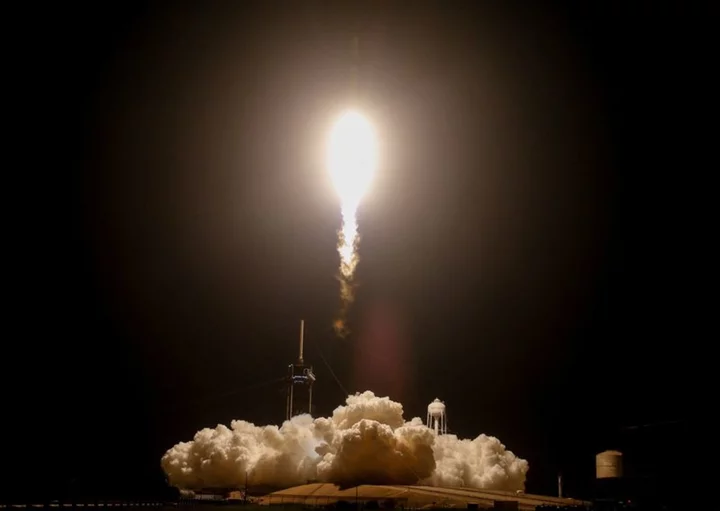
EU fine-tunes plan to launch Galileo satellites on SpaceX
(Reuters) -The European Union has struck a tentative deal to launch four Galileo navigation satellites using Falcon 9 rockets of
2023-11-07 22:55
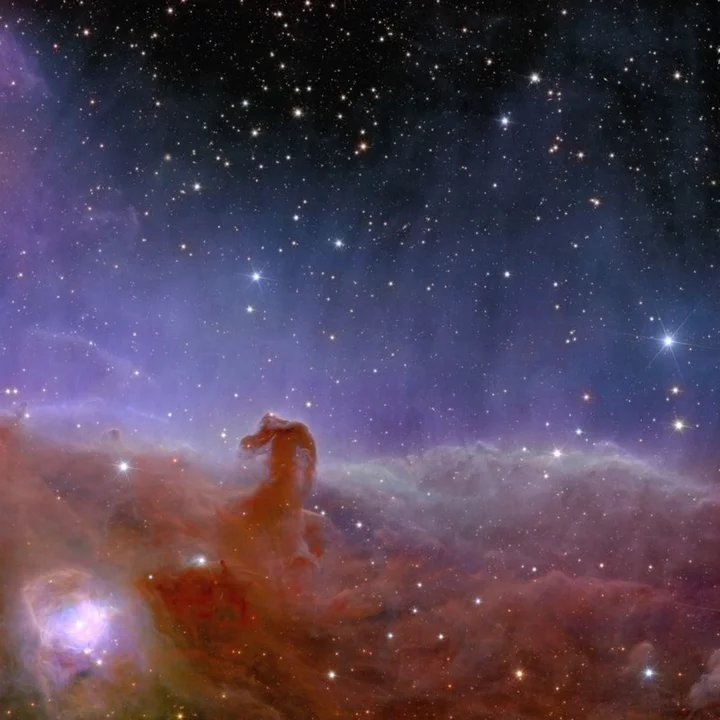
Star-filled Euclid images spur mission to probe 'dark universe'
By Tim Hepher PARIS European astronomers on Tuesday released the first images from the newly launched Euclid space
2023-11-07 21:15
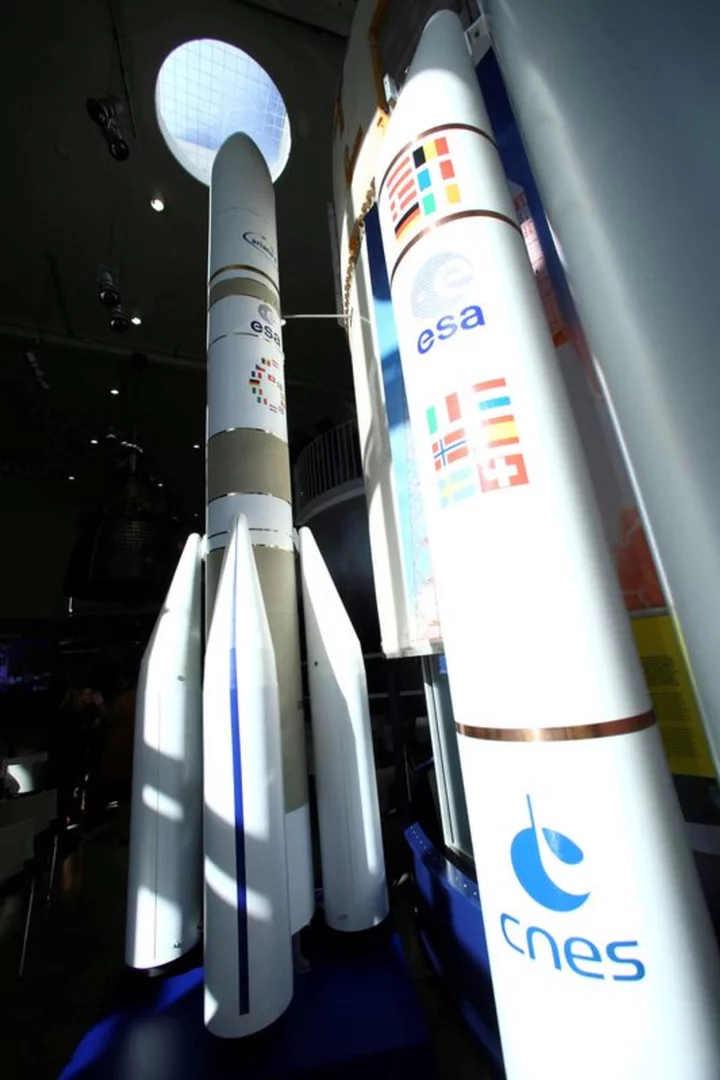
Europe targets competitive shake-up in space launch deal
(Moves expert quote from paragraph 7 to 15 to show he was referring to exploration project) By Tim Hepher and
2023-11-07 20:54

Europe's space agency boss sees progress on Ariane 6 launcher
By Tim Hepher PARIS Europe's top space official said on Tuesday there was "light at the end of
2023-10-31 23:25

Is Zach LaVine playing tonight? Latest injury update for Bulls vs. Pacers
Zach LaVine just posted a career-high against the Detroit Pistons, will he continue his scoring spree against the Pacers?
2023-10-31 02:24
